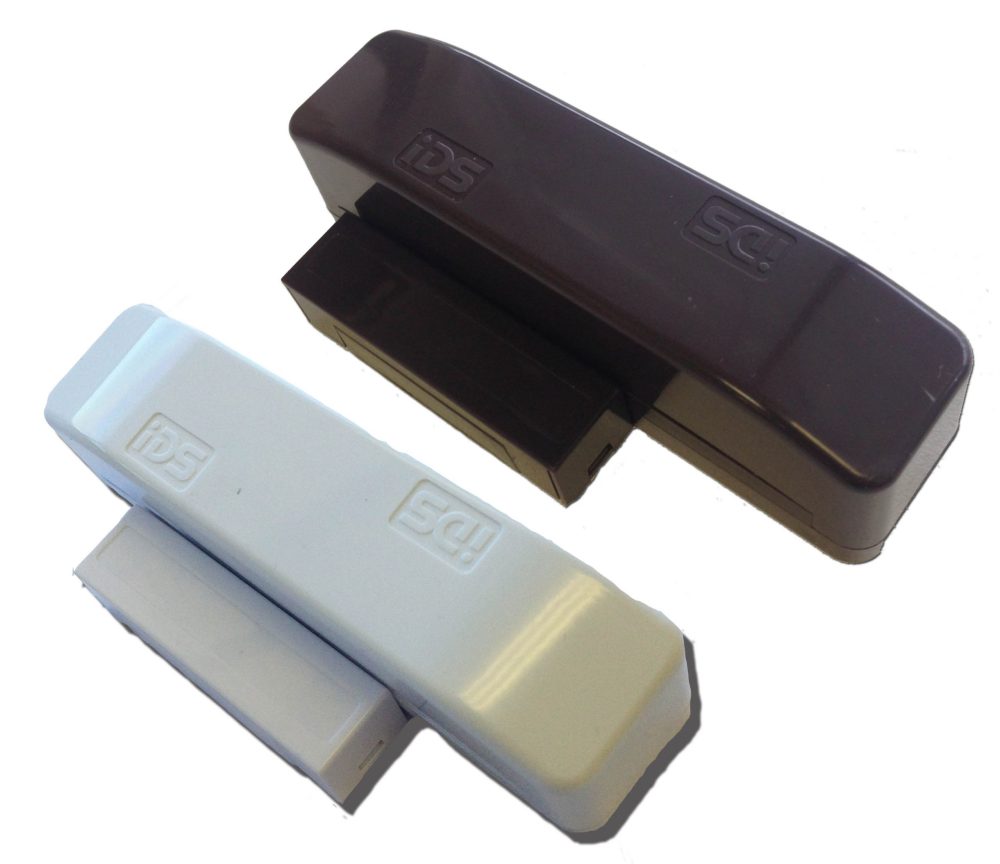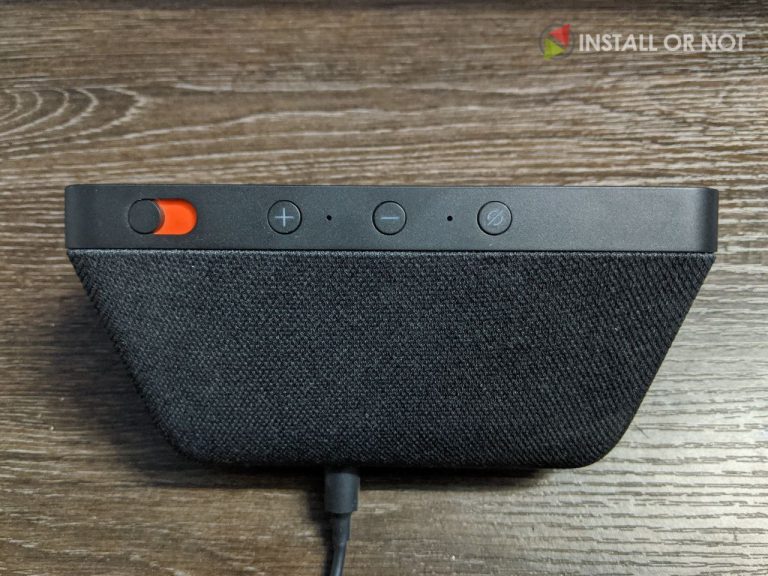
#Xwave echo 10 review pro#
If you want a lightweight boot that you will mostly use inbounds but that will also give you the option to tour in (which, by the way, probably puts you in the majority of people buying “crossover” or “50/50” boots like this), then keep reading.īrian: While Salomon rates the QST Pro 130 as a 130-flex boot, I didn’t feel like it was that stiff. So I would think hard about how you really intend to use the boot. Then again (and to be clear) Luke continues to tour in this boot, and I certainly could. Personally, a huge forward ROM isn’t my priority in a touring boot, but still, I’m with Brian here: there is so much to like about the QST Pro 130 as a touring boot that we would love to see Salomon resolve the issue that Brian has described quite well. Jonathan: While I experienced no pain when touring in the QST Pro 130, there’s no question that if forward ROM is a big deal to you, then this is not your boot. So I’d echo Brian’s recommendation to try the boot on and see how you feel about the range of motion in order to consider it as a touring boot.

Despite the limited range of motion, I have continued to tour in the QST Pro 130 rather than the Fischer Transalp because it fits my feet well and skis much better. There is certainly plenty of rearward range of motion, and I imagine this takes up most of the QST Pro 130’s stated 40 degrees of range of motion.

I can feel my upper ankle / lower shin pressing into the tongue when skinning and hiking, and I notice it most often on steep skintracks and bootpacks. And I’d say that Brian’s description of the tongue’s effect on the forward range of motion is spot-on. Luke: I have spent most of my time in the QST Pro 130 touring, including a few long days with several hours of skinning and bootpacking. We’re confident that a test in the shop will tell you whether or not this will be an issue for you.Īnd if you intend on only using this boot at the resort and don’t hike much, then it probably won’t be an issue at all.īut even if the hard stop isn’t painful to you, the QST Pro 130 doesn’t exhibit a great forward range of motion, which is disappointing, since everything else about it as a touring boot is really excellent, especially its amazing rearward range of motion (which also makes it really easy to walk down stairs). So while all of this essentially made touring in the QST 130 Pro a non-starter for me, I encourage you to try out the walk mode for yourself. While tightening the upper buckle and powerstrap did help to distribute the pressure, that didn’t solve the issue, and it also significantly reduced the forward range of motion even more. It even became quite painful on 15-minute bootpacks - enough that I wouldn’t want to do more than about two laps. While some people may not have an issue with this (e.g., Jonathan didn’t), it was painful enough for me on my lower shin that it would be impossible for me to do anything more than really short tours in. John Freely at The Custom Foot in Englewood, Colorado, dremeled more notches into the tongue lower down, but it really didn’t make that portion flex much the plastic is simply too thick and stiff. And this created a very hard stop on my lower shin. Brian: The QST Pro 130 has a lot of the same features that make the Salomon MTN Lab such a great touring boot: a low weight, a single upper cuff buckle, a cam powerstrap, an easy-to-use walk mode, and amazing rearward range of motion.īut the QST Pro 130 is lacking in forward range of motion, and the stiffness of the tongue in the lower portion of the shell is the culprit - the lower part of the one-piece tongue doesn’t move at all, starting where the notches are cut into it.


 0 kommentar(er)
0 kommentar(er)
